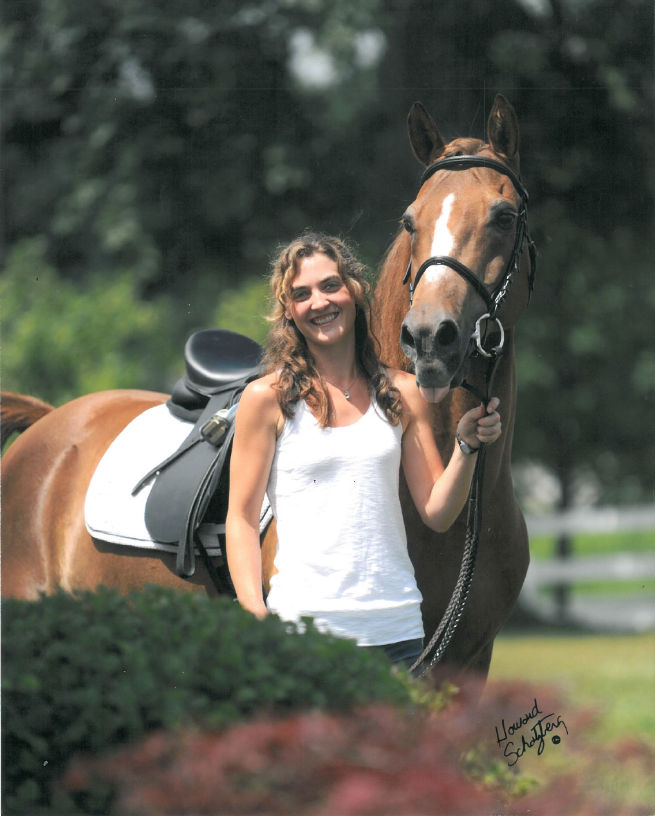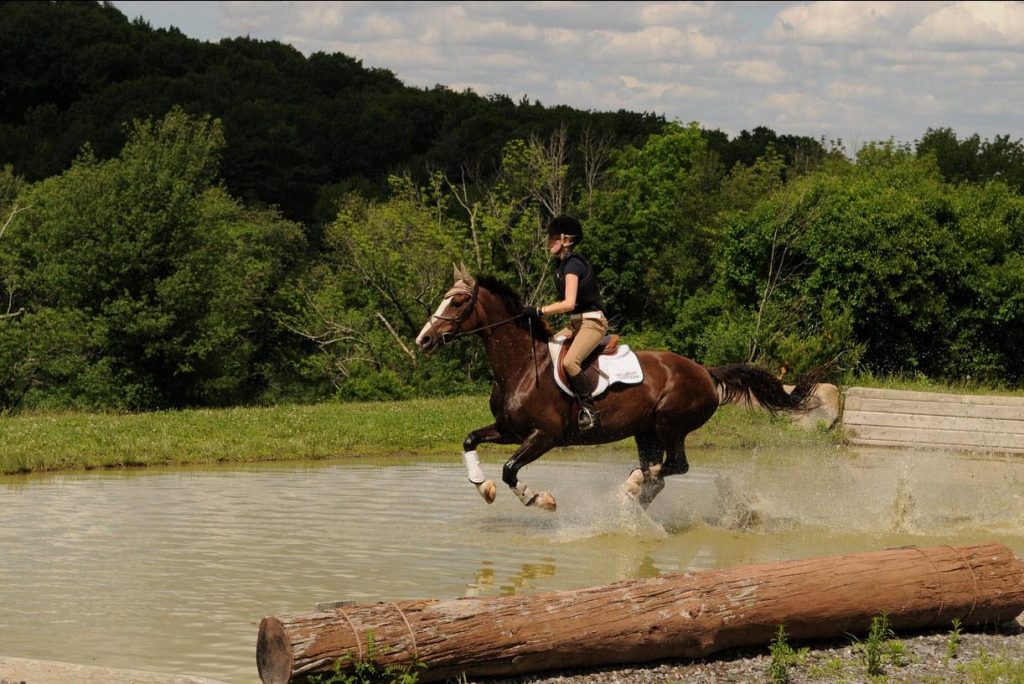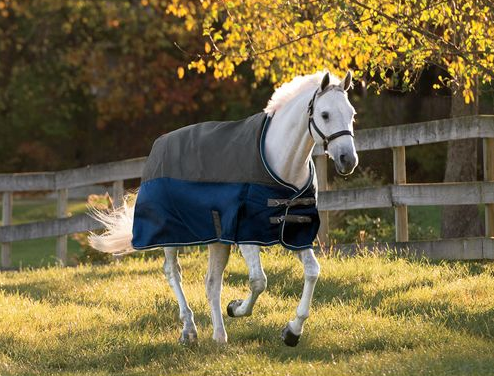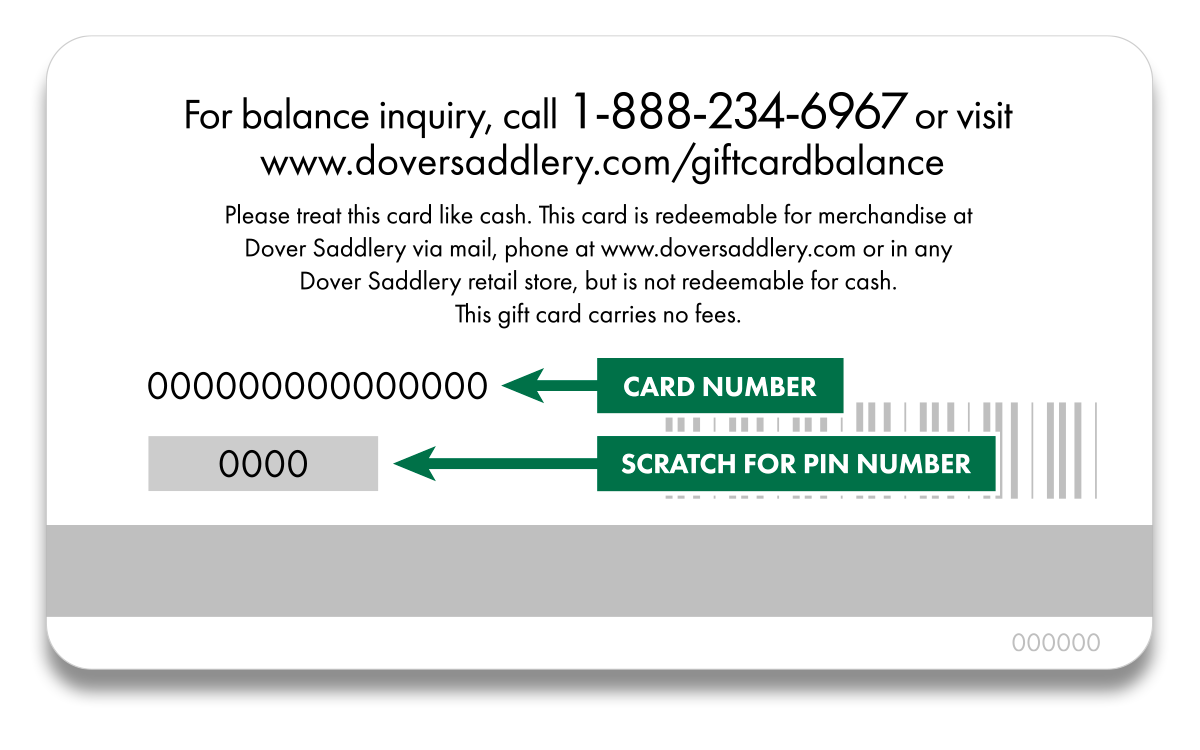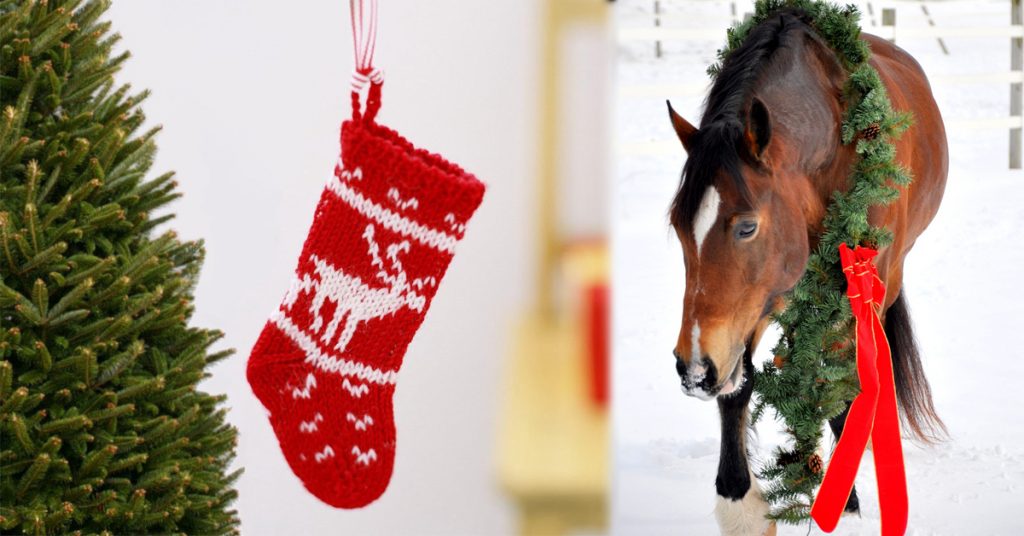 The holiday shopping season is in full swing! While we typically know what our loved ones wish to see under the tree, sometimes filling their stockings can be a little more challenging. We’d love to help you come up with some horse stocking stuffers that any equestrian would be thrilled to find on Christmas morning. Here are some of our favorite suggestions: Continue reading
The holiday shopping season is in full swing! While we typically know what our loved ones wish to see under the tree, sometimes filling their stockings can be a little more challenging. We’d love to help you come up with some horse stocking stuffers that any equestrian would be thrilled to find on Christmas morning. Here are some of our favorite suggestions: Continue reading
Guest Blog: EquiFit, Inc. GelCompression Therapy Line
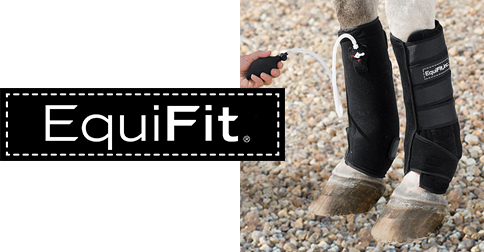 We were excited when EquiFit® said they wanted to share all the great information about their GelCompression Therapy Line of horse boots. Read on to see how this line can help your horse before and after exercise, as well as in rehabilitation. Continue reading
We were excited when EquiFit® said they wanted to share all the great information about their GelCompression Therapy Line of horse boots. Read on to see how this line can help your horse before and after exercise, as well as in rehabilitation. Continue reading
Employee Favorites – Our Top Choice Products could be Your Perfect Gift!
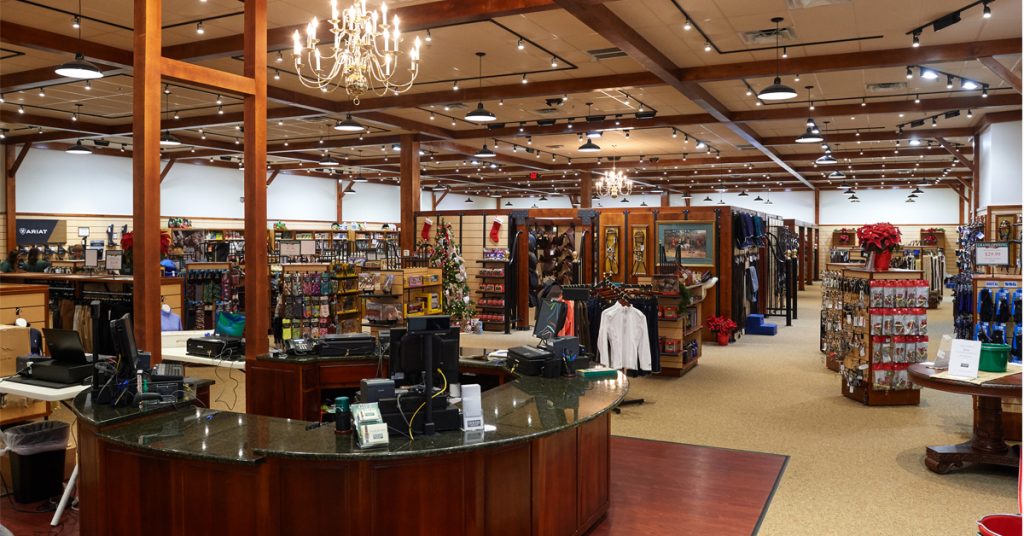 If you’re trying to come up with gift ideas as the holidays approach, we can help you out! We asked a few of our employees what their favorite products were and why. Take a look at these first hand reviews and maybe something will seem perfect for the equestrian on your list. Continue reading
If you’re trying to come up with gift ideas as the holidays approach, we can help you out! We asked a few of our employees what their favorite products were and why. Take a look at these first hand reviews and maybe something will seem perfect for the equestrian on your list. Continue reading
Meet the Dover Staff – Normand Martel
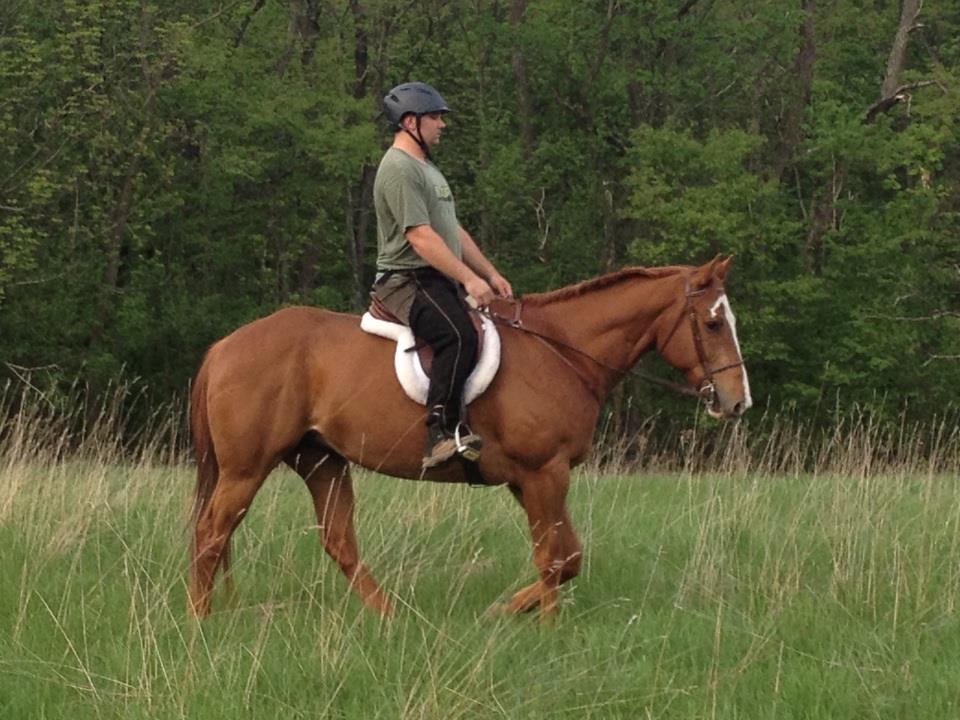 This week on our Meet the Staff series we introduce you to our Customer Service Manager, Normand Martel! Continue reading
This week on our Meet the Staff series we introduce you to our Customer Service Manager, Normand Martel! Continue reading
Get Ready for the Cold – Winter Barn Supplies
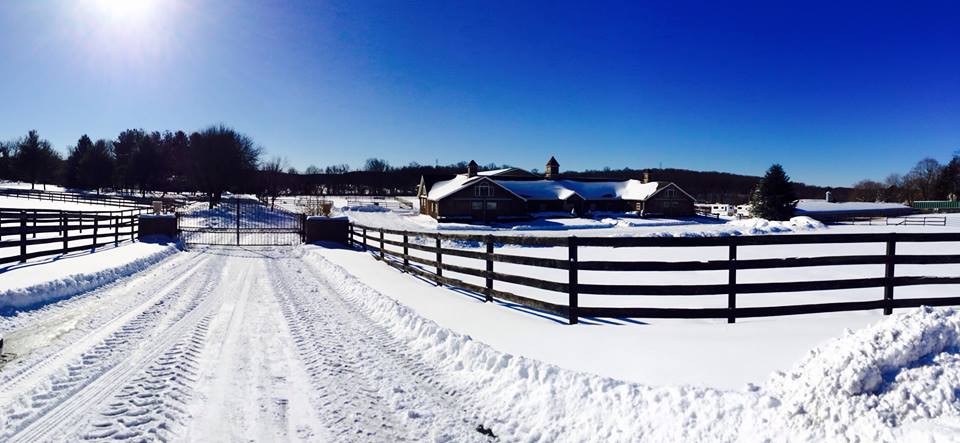 While you are enjoying the perfect fall riding weather, it’s hard to think about winter’s fast approach. With the cold weather of winter comes frozen water buckets and hoses, blanket changes, difficulty getting water to the paddocks, hard ground and of course the likelihood of lots of snow removal. But fear not! With our selection of tricks for outfitting your stable with the right winter barn supplies, winter will be a breeze. Continue reading
While you are enjoying the perfect fall riding weather, it’s hard to think about winter’s fast approach. With the cold weather of winter comes frozen water buckets and hoses, blanket changes, difficulty getting water to the paddocks, hard ground and of course the likelihood of lots of snow removal. But fear not! With our selection of tricks for outfitting your stable with the right winter barn supplies, winter will be a breeze. Continue reading
Meet the Dover Staff – Lisa Imperato
This week on our Meet the Staff series we introduce you to one of our Junior Buyer’s, Lisa Imperato! Continue reading
Benefits of a Wool Dress Sheet
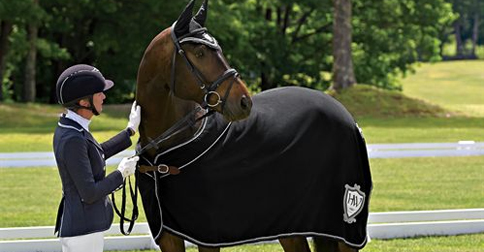 Even on cool or cold days, your horse can become sweaty during a workout. Proper aftercare involves covering him to prevent him from catching a chill and ensuring that he dries completely before he’s returned to a stall or paddock. Many anti-sweat sheets and horse coolers are available to do the job effectively, but you might decide to treat your horse to a wool dress sheet. Here are a few of the benefits of wool dress sheets that make them a favorite horse clothing item of ours: Continue reading
Even on cool or cold days, your horse can become sweaty during a workout. Proper aftercare involves covering him to prevent him from catching a chill and ensuring that he dries completely before he’s returned to a stall or paddock. Many anti-sweat sheets and horse coolers are available to do the job effectively, but you might decide to treat your horse to a wool dress sheet. Here are a few of the benefits of wool dress sheets that make them a favorite horse clothing item of ours: Continue reading
Meet the Dover Staff – Ashly Snell
Part of what makes Dover Saddlery great is the amazing people that work here. With that in mind, we are beginning a new Meet the Staff series so you can get to know about the people who work to bring you the best equestrian products! This week: our Search Marketing Manager, Ashly Snell.
What Does it All Mean? Horse Blanket Vocab 101
When it comes time to select a new horse blanket, there are many features to consider. If you’re new to blanketing, you may be wondering what some of the horse blanket terms mean. By understanding all the horse blanket vocab, you can make an educated choice for your horse this season. Here is the most common horse blanket terminology and what it should mean to you: Continue reading
Ride into Fall with Insulated Paddock Boots
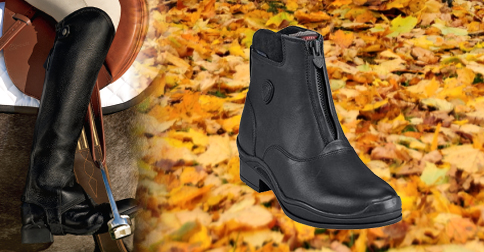 The perfect paddock boot is a staple piece of riding apparel for many horseback riders. As temperatures drop, however, a regular paddock boot may not provide enough warmth. Insulated paddock boots can take the place of your regular pair during the late fall and winter months, keeping your feet warm while you ride and work around the barn. Here are a few of our favorite options for insulated paddock boots this year: Continue reading
The perfect paddock boot is a staple piece of riding apparel for many horseback riders. As temperatures drop, however, a regular paddock boot may not provide enough warmth. Insulated paddock boots can take the place of your regular pair during the late fall and winter months, keeping your feet warm while you ride and work around the barn. Here are a few of our favorite options for insulated paddock boots this year: Continue reading


